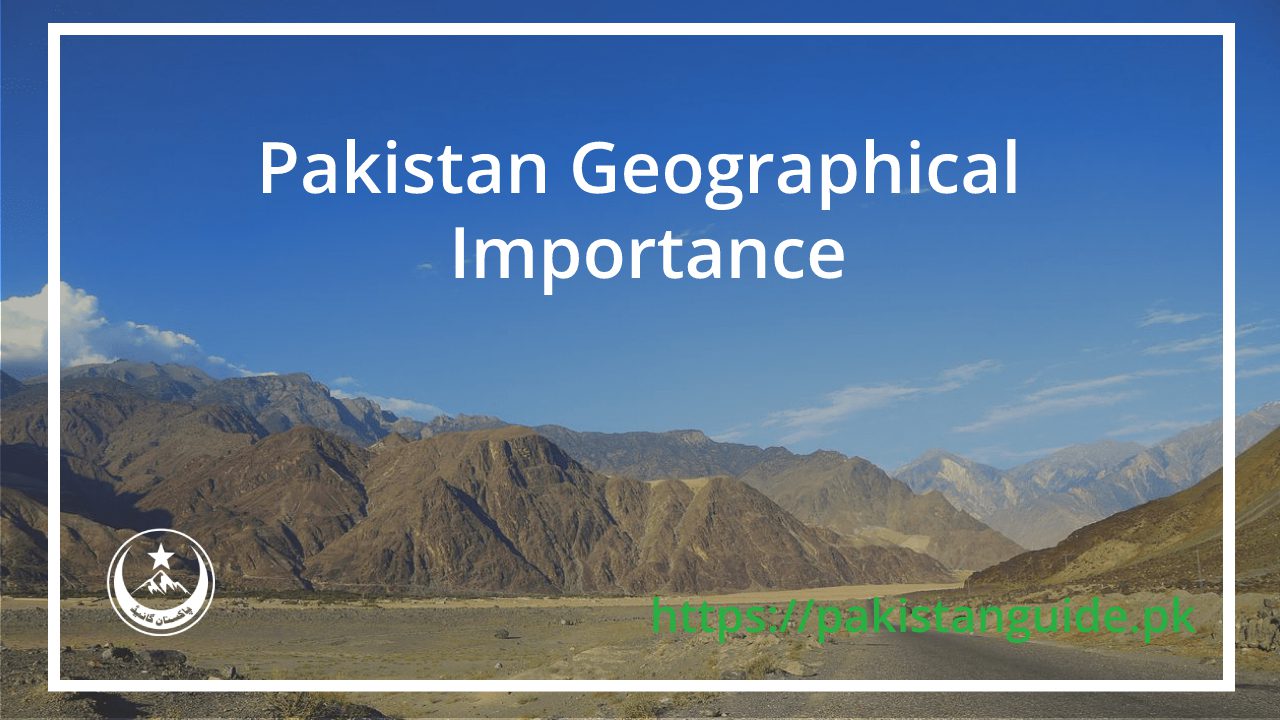
[vc_row][vc_column][vc_column_text]
Pakistan geographical importance
Pakistan is a country located in South Asia and is considered to be of great geographical importance due to its strategic location at the crossroads of Central Asia, the Middle East, and South Asia. This location has made Pakistan a hub for trade, transportation, and military operations for centuries.
One of the key geographical features of Pakistan is the Indus River, which is the longest and most important river in the country. The Indus River is the primary source of water for irrigation and agriculture, and it also plays a significant role in the country’s economy. The river is also an important source of hydroelectric power, with several major dams built along its course.
Minerals
Another significant geographical feature of Pakistan is the Himalayan mountain range, which forms the northern border of the country. The Himalayas are home to some of the highest peaks in the world, including K2, the second highest mountain on Earth. These mountains are also an important source of water for the country, as they provide the headwaters for several major rivers, including the Indus.

Mountain ranges
The Karakoram mountain range, which is located in the northern part of Pakistan, is also of great geographical importance. This range is home to some of the highest peaks in the world, including K2, and it is also home to the world’s second-highest plateau, the Deosai Plateau. The Karakoram range is also of great strategic importance, as it serves as a natural barrier between Pakistan and China.
Pakistan is also home to several deserts, including the Thar Desert and the Cholistan Desert. These deserts are characterized by their hot and arid climate, and they are home to a unique ecosystem and a diverse range of flora and fauna. These deserts are also of great economic importance, as they are home to a number of minerals, including oil and gas.
Coastal region of Pakistan
The coastal region of Pakistan, which includes the Arabian Sea and the Gulf of Oman, is also of great geographical importance. This region is home to several major ports, including Karachi, which is the largest port in the country and the busiest in the region. The coastal region is also an important source of fish and other seafood, and it is also home to a number of tourist destinations, including beaches and historic sites.
Natural geographical features
In addition to its natural geographical features, Pakistan is also home to several major cities, including the capital, Islamabad, and the largest city, Karachi. These cities are important centers of trade, transportation, and culture, and they are also home to a number of important historical and cultural sites.
Conclusion
In conclusion, Pakistan is a country of great geographical importance due to its strategic location at the crossroads of Central Asia, the Middle East, and South Asia. Its geographical features include the Indus River, the Himalayas, the Karakoram range, deserts, coastal region and major cities. These features have played a significant role in the country’s history, economy, and culture, and they continue to shape the nation today.[/vc_column_text][/vc_column][/vc_row]